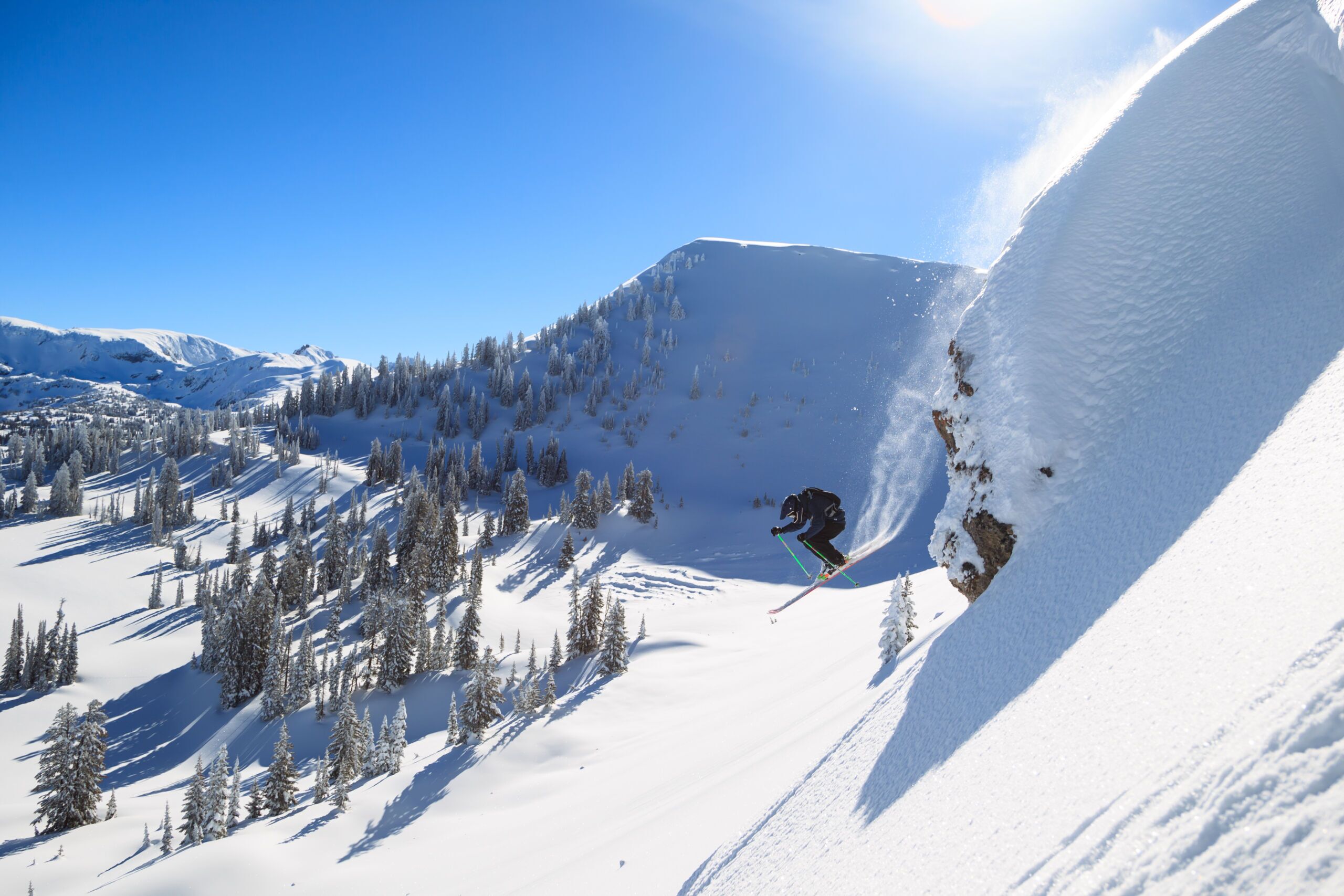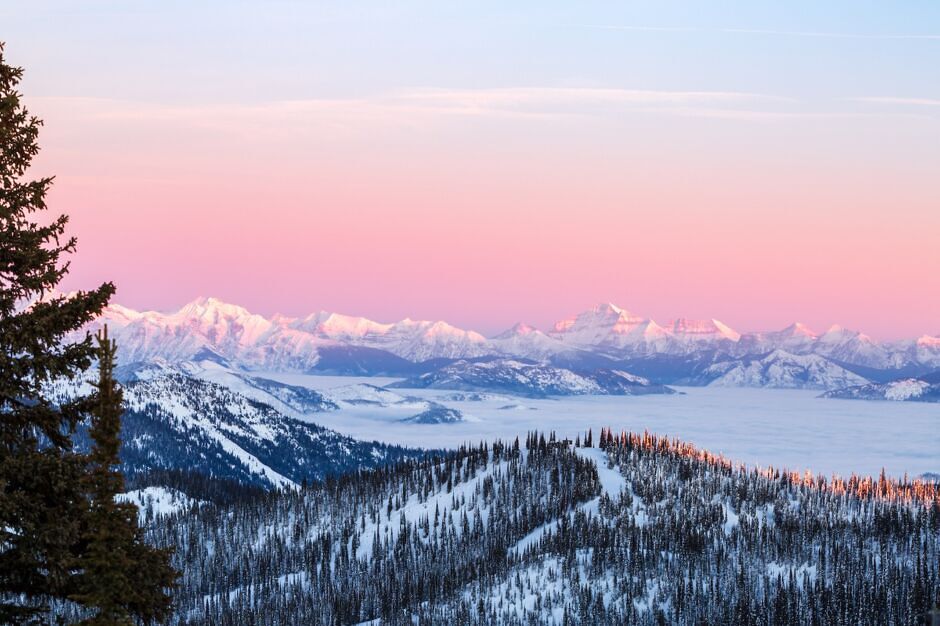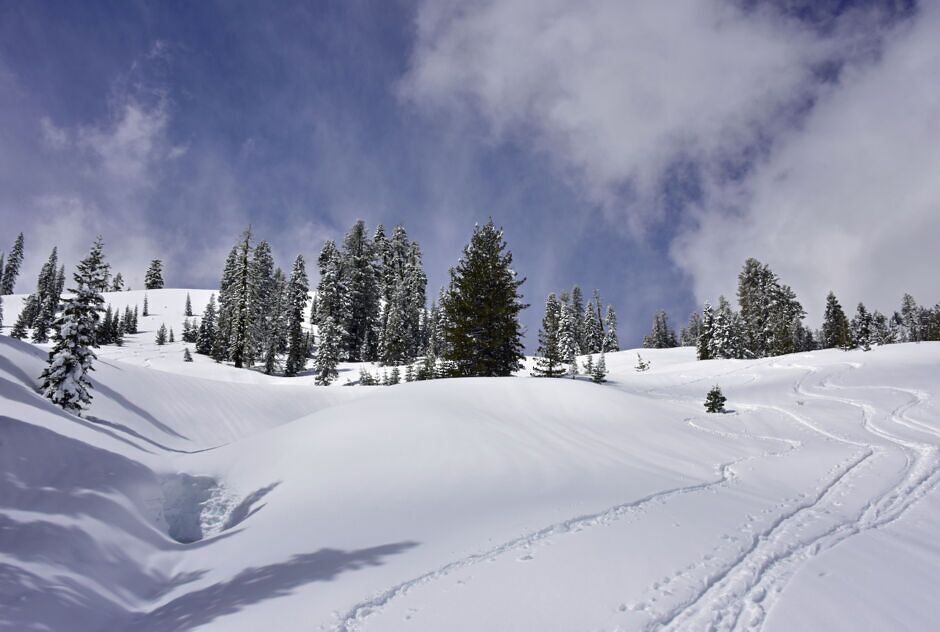Backcountry skiing and national parks are a perfect combination of two of America’s favorite pastimes. For an avid outdoors-person, spending a winter day backcountry skiing in a national park is about as good as it gets — but you have to know where to go.
Many high-altitude through-roads in parks often close in winter, leaving skiers and snowboarders to strap on their skins and earn those turns. The good news is that no matter where you live in the western United States, backcountry turns inside national park boundaries are doable. And these five national parks offer particularly intriguing lines.





